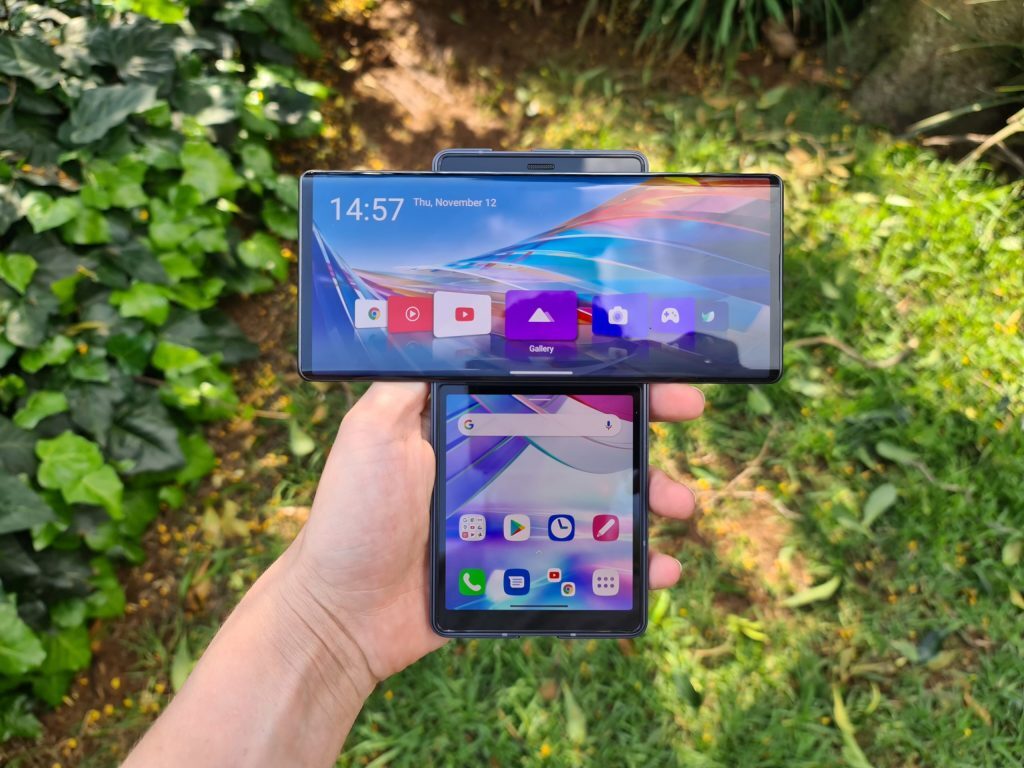Even though LG really dove deep into the idea box for this one, there definitely isn’t enough use-cases for this format yet. Fast forward a few years and there very well might be. But software and game integration just aren’t there yet. And that’s a pity, because the LG Wing is so cool.
-
Display(s)
The era of the weird display phone has officially begun. We’ve mostly seen retail devices of the new form factor from Samsung in the shape of the Galaxy Z Fold uno and the Galaxy Z Fold 2. Other than that, many have attempted strange formats that never made it to retail, like the Huawei Mate Xs. Now, LG’s ready to show us its weirdness with the swivel-display LG Wing 5G.
We can appreciate the massive cajones LG’s carrying by putting out a T-shaped smartphone. It’s a form factor we haven’t really seen before, and we were hella keen to test it out for ourselves. Coming in at just R20,000, the LG Wing 5G is also the most affordable ‘dual-display’ device available to South Africans.
The Wing is the first phone in LG’s new Explorer Project, and it’ll be the first in a line of stranger concepts. We took this opportunity to put the Wing through its paces, testing out its so-called swivel mode, which activates with a flick of a right thumb to reveal an almost-square display behind the main one. Even if it’s just a cool thing to show off to your friends, it succeeds in looking absolutely sci-fi.
Spread your Wing (just the one)
The best part about this flippable (can we make that a thing?) is that it works like a regular phone if you want it to. The 6.8in FHD+ OLED screen looks great with excellent brightness and colour, though it’s stuck at 60Hz where phones like the Galaxy S20 Ultra have moved on to a smooth 120Hz.
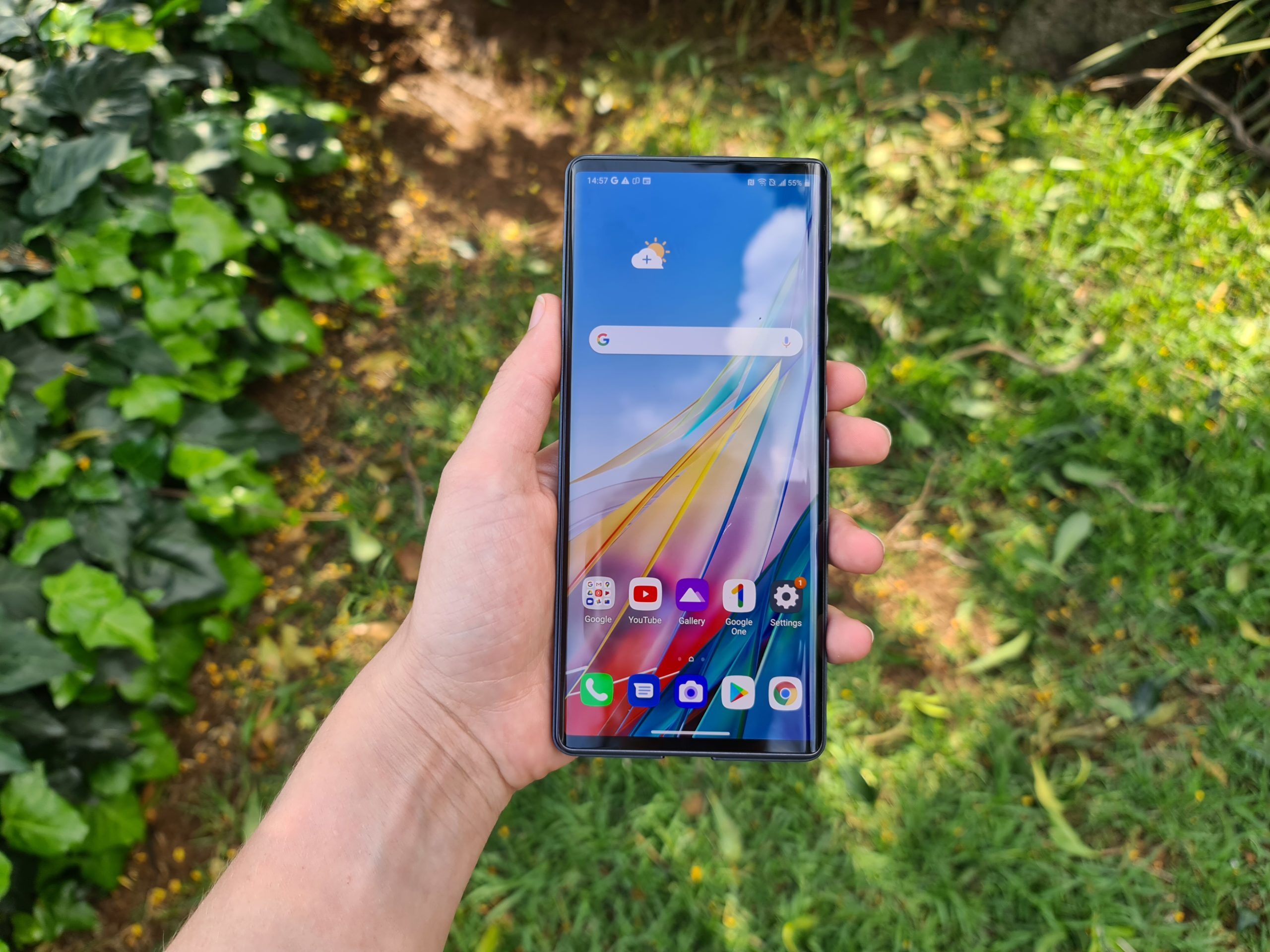 To use it, just hold it in your hand like you would any phone, and flip the top display over with your right thumb (sorry lefties). The entire display swivels up into landscape format, sitting on top of the lower display (that stays in portrait). This immediately increases screen real-estate and brings a whole lot of opportunities with it.
To use it, just hold it in your hand like you would any phone, and flip the top display over with your right thumb (sorry lefties). The entire display swivels up into landscape format, sitting on top of the lower display (that stays in portrait). This immediately increases screen real-estate and brings a whole lot of opportunities with it.
LG calls this swivel mode. It also makes the phone a bit thicker and heftier than others on the market, but it makes sense. You’re getting two screens for the size of one. It comes in at 10.9mm thick, so don’t expect to fit it into your pants pocket without a small wrestle. Or even larger pockets.
Double or nothing
In open config, you’ll be able to watch video on the top screen and browse another app on the screen below or even chat in WhatsApp. This works if you want to watch a show and tweet about it (because how else would everyone know you watched it?) or message friends while watching the rugby. But the second screen is so small that it’s hard to see much, let alone bring up a full keyboard on it.
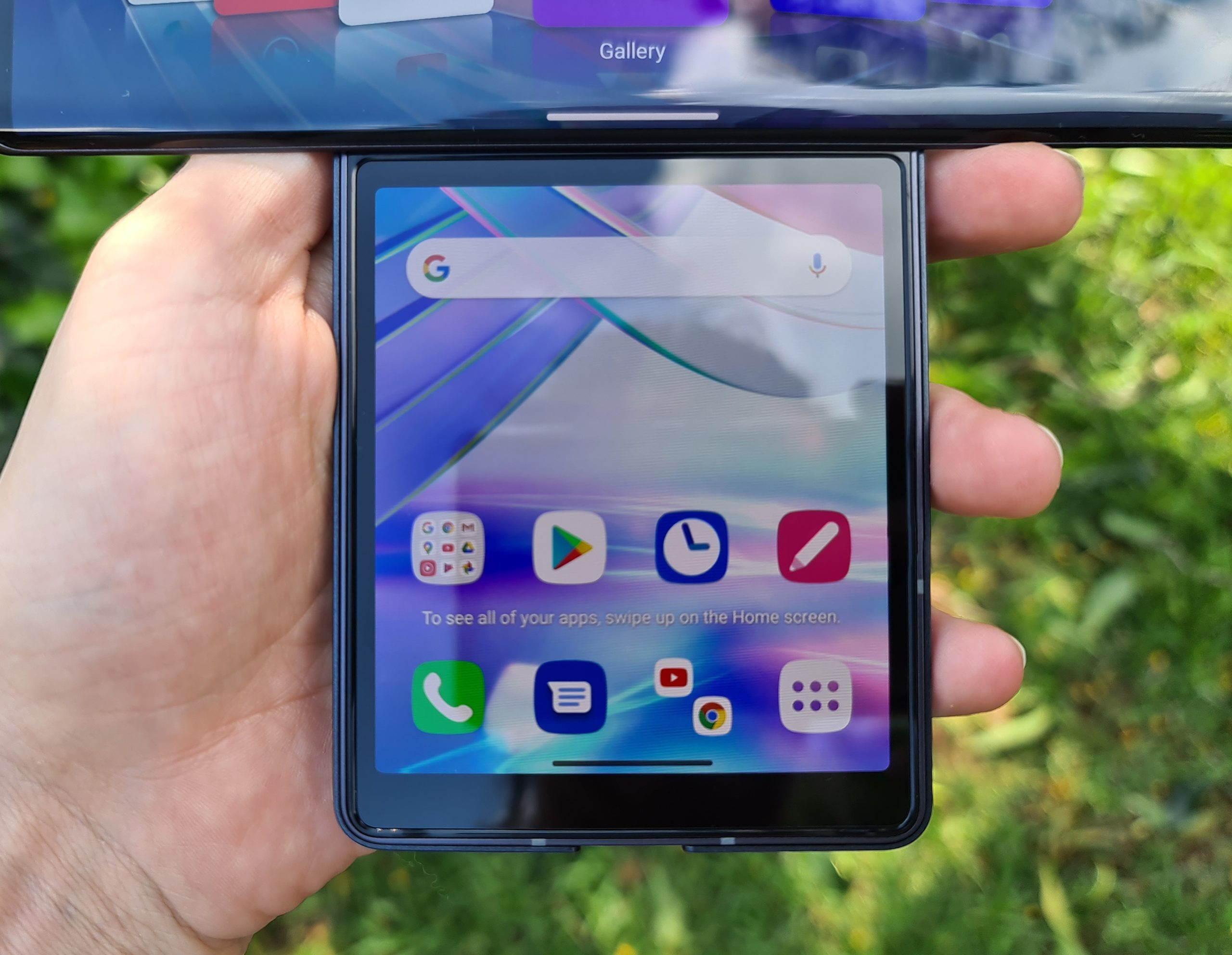 The better way to utilise the small display below is having controls for the app running above open. Like if you’ve got YouTube or LG’s partner apps like Tubi, Rave and Ficto open. Controls let you scrub to different places in a video or adjust the brightness and volume of the screens.
The better way to utilise the small display below is having controls for the app running above open. Like if you’ve got YouTube or LG’s partner apps like Tubi, Rave and Ficto open. Controls let you scrub to different places in a video or adjust the brightness and volume of the screens.
Swipe down on the second display and you’ll access an app in landscape — select a trackpad mode and that brings up a cursor like a laptop. We found this fairly useful in terms of accessibility, but the use cases are pretty limited right now.
We’re all for trying something new and enjoyed using the Wing’s two screens, but most of their unique functions are not game-changers. It’s a steep learning curve to get dual apps running on the Wing, and you’ll have to manually set up dual app icons on the home screen for the combos you use most frequently. It’s also really annoying that apps only show up on the second screen’s home screen if you manually toggle them on in a hidden sub-menu.
Take a chance on my gimbal
LG’s been heavily marketing the camera capabilities in its newly developed swivel phone. Does it live up to the hype? Kinda.
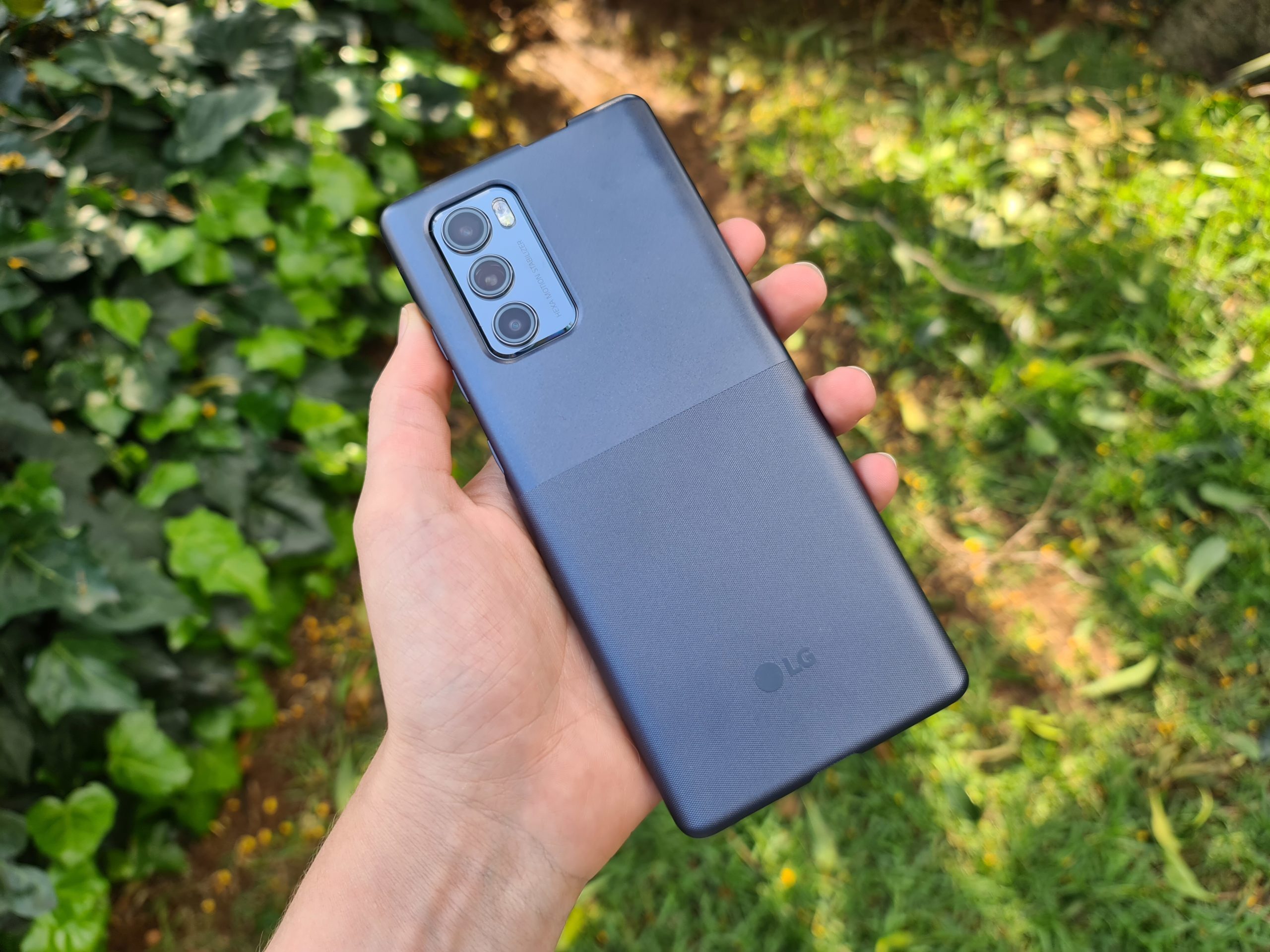 You can flip the screen up in the camera and use the newfound swivel capability as a gimbal, of all things. It makes sense if you think about it. You can control the camera in video mode with extra thumb controls and the aid of electronic stabilisation. You can also move the camera’s angle with a virtual joystick, zoom, and activate pan follow, first-person, and follow modes that help to stabilise different types of video.
You can flip the screen up in the camera and use the newfound swivel capability as a gimbal, of all things. It makes sense if you think about it. You can control the camera in video mode with extra thumb controls and the aid of electronic stabilisation. You can also move the camera’s angle with a virtual joystick, zoom, and activate pan follow, first-person, and follow modes that help to stabilise different types of video.
We will mention that the pan/follow mode is the best, cleverly keeping the action steady if you are recording while moving. It definitely is the best way to use the new LG Wing.
The cameras themselves are excellent, coming in with the 12MP ultrawide camera that is only available in swivel mode. You also get access to a 64MP main sensor that has OIS and produces excellent shots. Clarity is good, colours and dynamic range pop, and the night mode is genuinely superb. The Wing wipes the floor with the less-than-impressive shots the LG Velvet is capable of, partly justifying its higher price.
That said, please don’t buy the Wing just for this feature. The gimbal feature is a nice gimmick, but that’s pretty much where it stops. You won’t get ultra-stable shots like your would with an external gimbal like the DJI Osmo range.
Flying high
It uses a Snapdragon 765G chip, which is not the high-end Snapdragon 865 found in phones like the LG V60, but it’s more than capable and supports 5G. That’s the big buzz-word for hardware this year, so it’s worth mentioning.
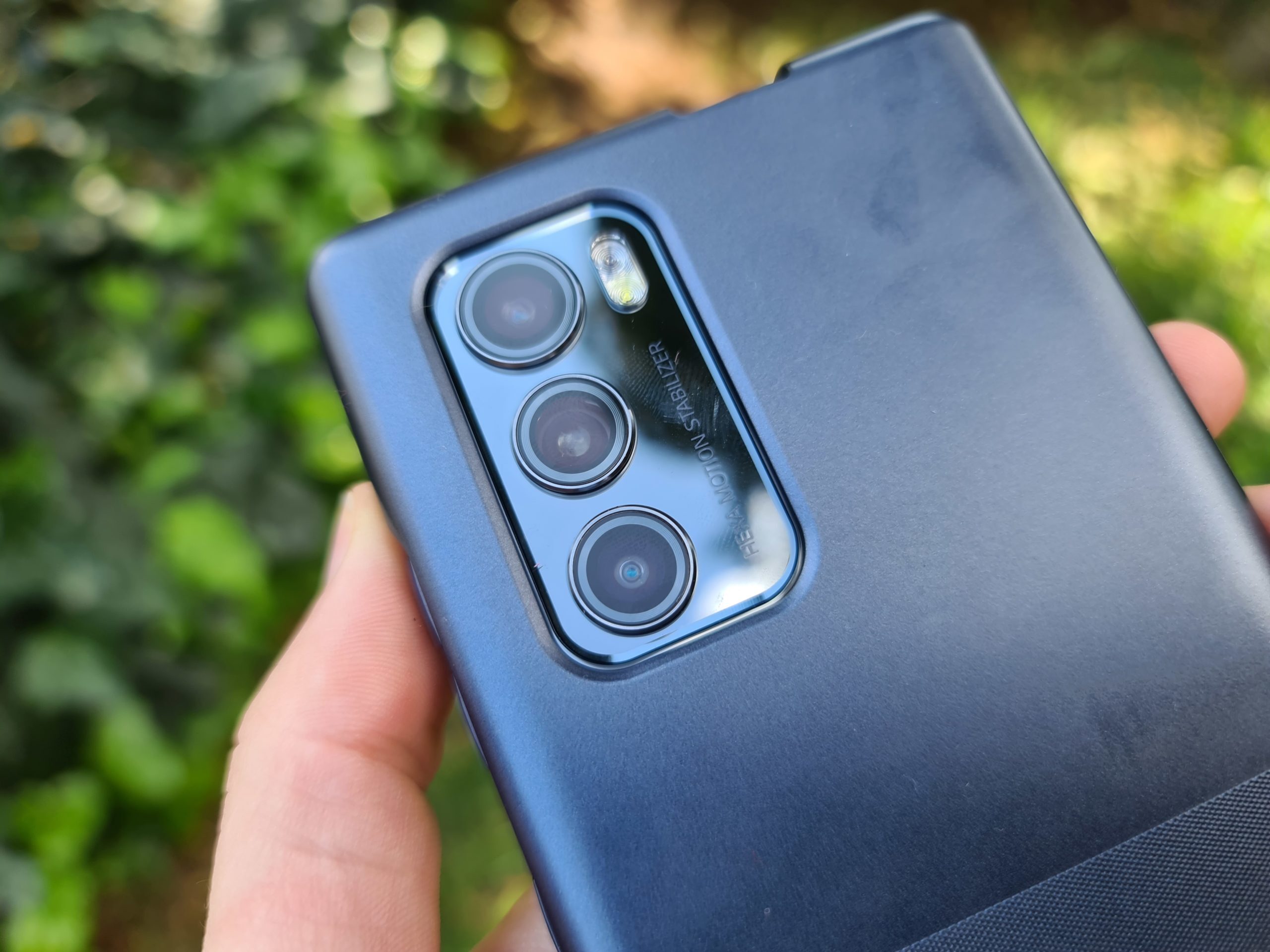 We didn’t notice any performance dip in high-end games. LG has picked the chip to keep the price down, which is understandable. The chip is ably backed by 8GB RAM and 256GB of expandable storage, but LG’s software is a little buggy. It doesn’t feel like processor lag but opening the camera and some transitions when changing apps, particularly in swivel mode, suffer from choppiness and pauses in animation.
We didn’t notice any performance dip in high-end games. LG has picked the chip to keep the price down, which is understandable. The chip is ably backed by 8GB RAM and 256GB of expandable storage, but LG’s software is a little buggy. It doesn’t feel like processor lag but opening the camera and some transitions when changing apps, particularly in swivel mode, suffer from choppiness and pauses in animation.
Biometrics are handled with an in-screen fingerprint sensor on the main display, which is reliable but a tad slow, and we had to retrain our prints twice. Annoyingly, there’s no face unlock option. The swivel action means there’s only IP54 splash resistance, but LG says it has tested the movement and guarantees it for up to 200,000 swivels. That’s over five years of flicking if you do it 100 times a day.
A 4,000mAh battery keeps the phone chugging along for a day even when joyously flicking between two screens. There’s even USB-C headphones in the box (RIP headphone jack) and a case, though this is adhesive, not clip on, so that you can still swivel.
LG Wing 5G Verdict
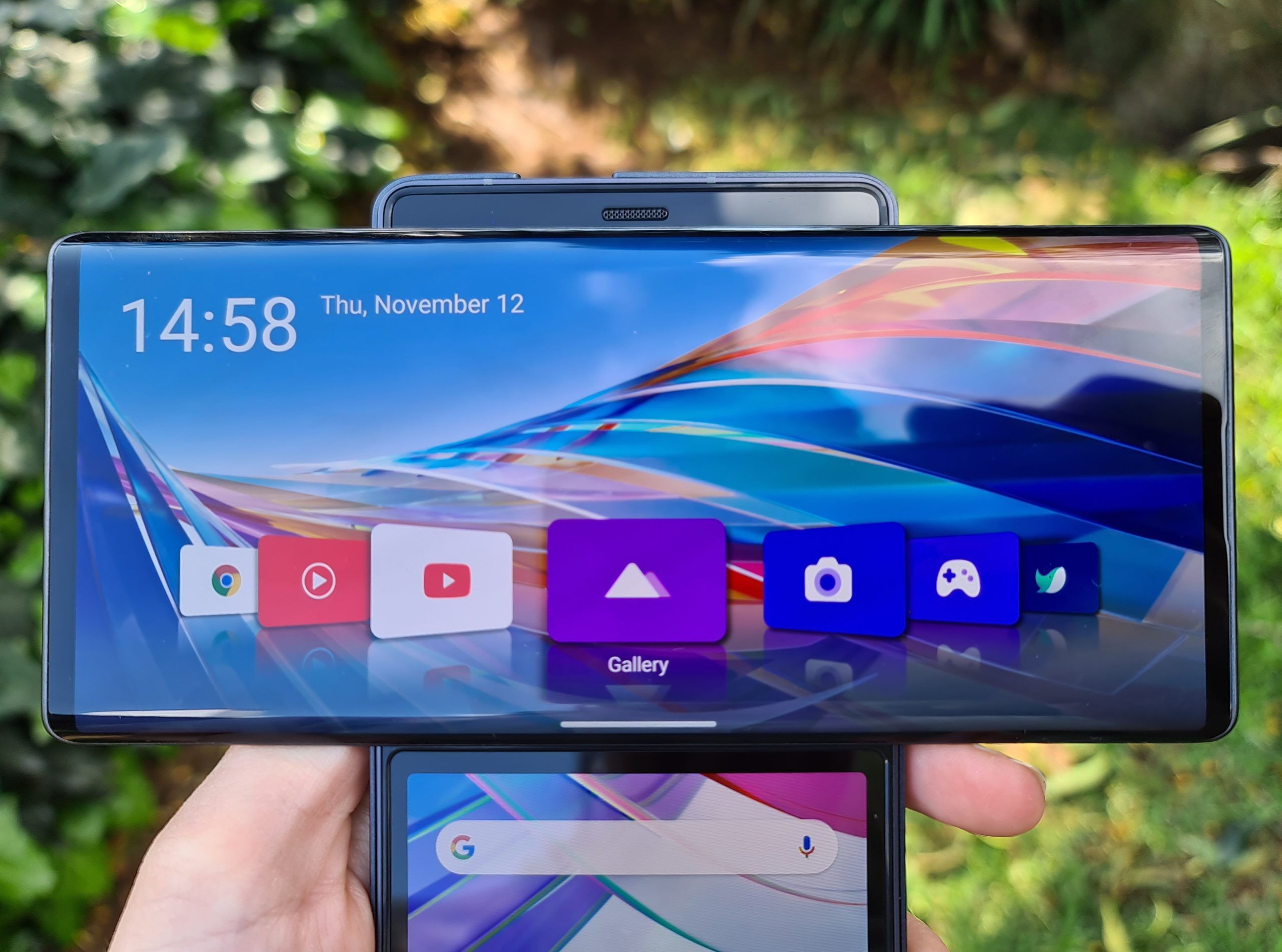
Even though LG really dove deep into the idea box for this one, there definitely isn’t enough use cases for this format yet. Fast forward a few years and there very well might be. But software and game integration just aren’t there yet. And that’s a pity, because the LG Wing is so cool.
Coming in at just R20,000, the Wing is also a nice entry for anyone looking for a newer format smartphone, but don’t have R50k for a Galaxy Fold.

